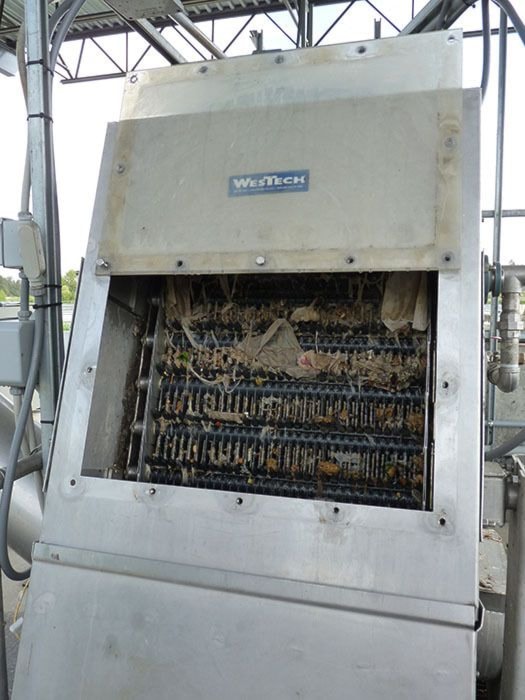In Part One of a three-part series on how microorganisms turn Cranbrook's sewage into water, we learn what the city does to make what leaves your home appetizing for the bugs that eat it.
Bugs. They are the City of Cranbrook's smallest and lowest paid employees. But without them, Cranbrook would have a big, stinking, steaming mess on its hands.
You see, teeny tiny bugs, each one smaller than you could see with the naked eye, take on a job for us that no other living being in their right mind would do: they eat our poop.
Last month, City of Cranbrook Director of Public Works Joe McGowan took this reporter on a tour of Cranbrook's wastewater lagoons and spray irrigation fields, to follow the life of a bug as it busily takes care of the nasties in our sewage and leaves little but water behind.
Let's dive in, shall we? (Sorry, that was a poor choice of phrase.)
Everything that goes down a drain in your home – be it from the sink, the shower, the toilet or the washing machine – is sent into pipes that carry it via gravity to Cranbrook's wastewater lagoons.
Located just past the interchange at the northeastern edge of town, the lagoons sit at the lowest point in the city.
"We use the geography of this area to drain the sewage from wherever it originates to this point," explains McGowan.
When the waste arrives – it's called "influent" at this point – it consists of 99 per cent water, and 1 per cent lumpies.
"Water comes into your house clean, picks up its cargo and transports that cargo to this site," explains McGowan.
"Our job is to remove the cargo from the water so that the water can return to the environment ready for its next use."
The task of removing that cargo is both simple and complex, and bugs – or microorganisms – do most of the heavy lifting.
"We hire microorganisms. When you flush the toilet, the microorganisms in (the lagoons) thank you. What to you is waste, to them is dinner," said McGowan.
But first, the wastewater has to be made appetizing to the bugs – they're all about the poop and only want organic materials.
"We remove the stuff that microorganisms need not concern themselves with and provide them with a banquet."
Before it goes into the lagoons, the wastewater flows into an underground chamber. Here any floatables in the water – grease, fat, oil, anything that is less dense than water – rises to the top and every three months or so, the city brings in a suction truck to slurp off the top and take it to the landfill.
From that chamber, the wastewater goes through a screening machine. On a vertical conveyer belt, a row of tiny teeth less than an inch apart pick up anything solid in the water.
This is the part where I wanted to close my eyes. As well as giving me serious concerns about the digestive health of some Cranbrookians, the screener showed me a few hard truths.
Number one: flushable wipes are not biodegradable. Similarly, number two: garborators are just transferring the mess to someone else who has to clean it up. And number three: in McGowan's words, "Nobody digests corn. It's a proven fact."
The screener picks up all these lovely solid items, an auger squeezes out the water, and a conveyer belt dumps what's left into an industrial waste bin. Once a week, that bin is trucked out to the landfill in all its stinking glory.
Senior utility operator Jason Perrault explains why there are strips of black fabric hanging over the waste bin. Birds love the wastewater lagoons, he says – ducks, geese... and ravens. The ravens took a fancy to the waste bin and developed the habit of flying in and flinging out whatever interested them. (Maybe bugs aren't the only living beings that want to eat our poop.) The black fabric is a highly scientific method of keeping the birds away – and so far it's working.
See Monday's Townsman for Part 2 of A Bug's Life, a series on Cranbrook's hardest working employees.
